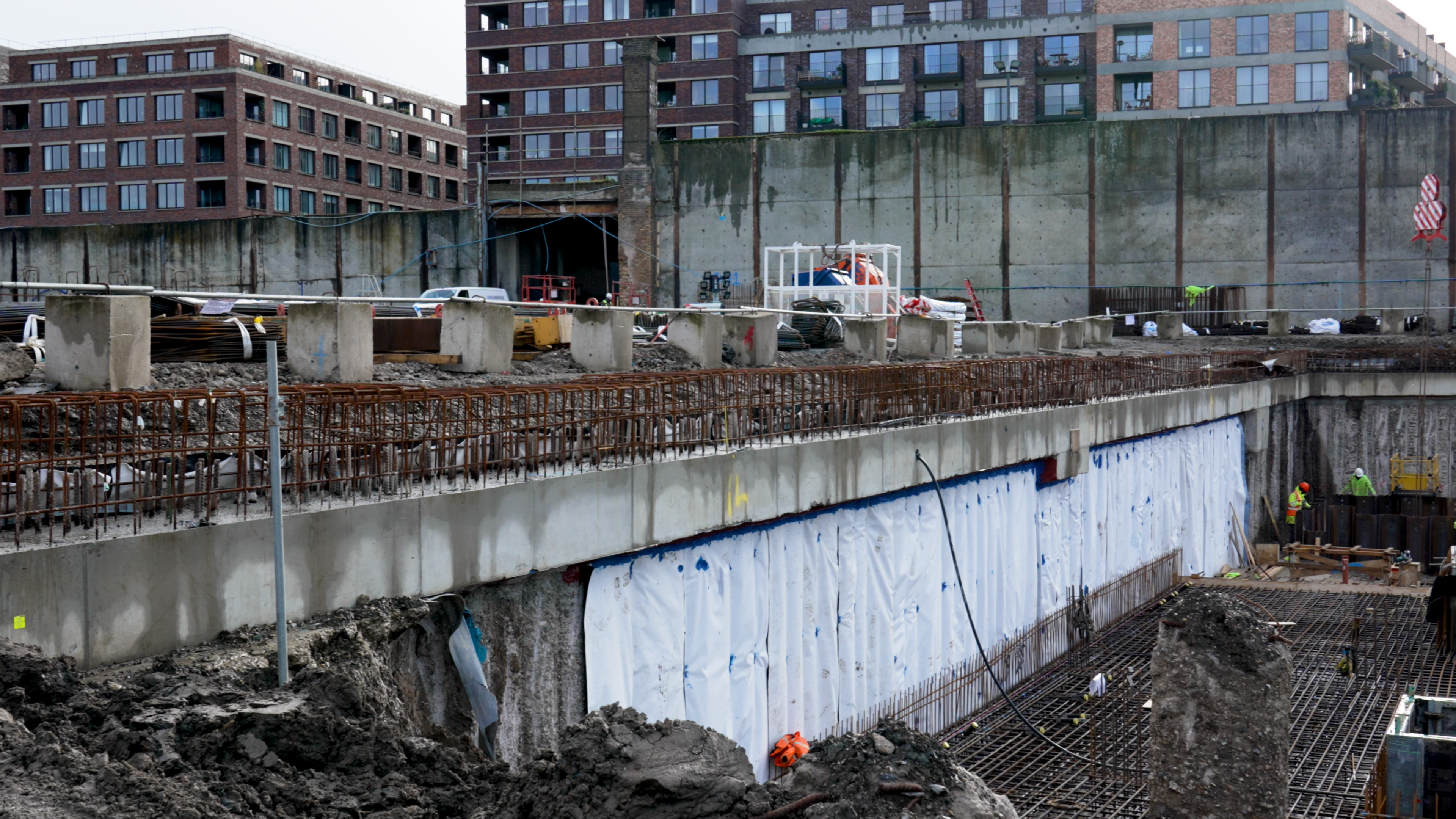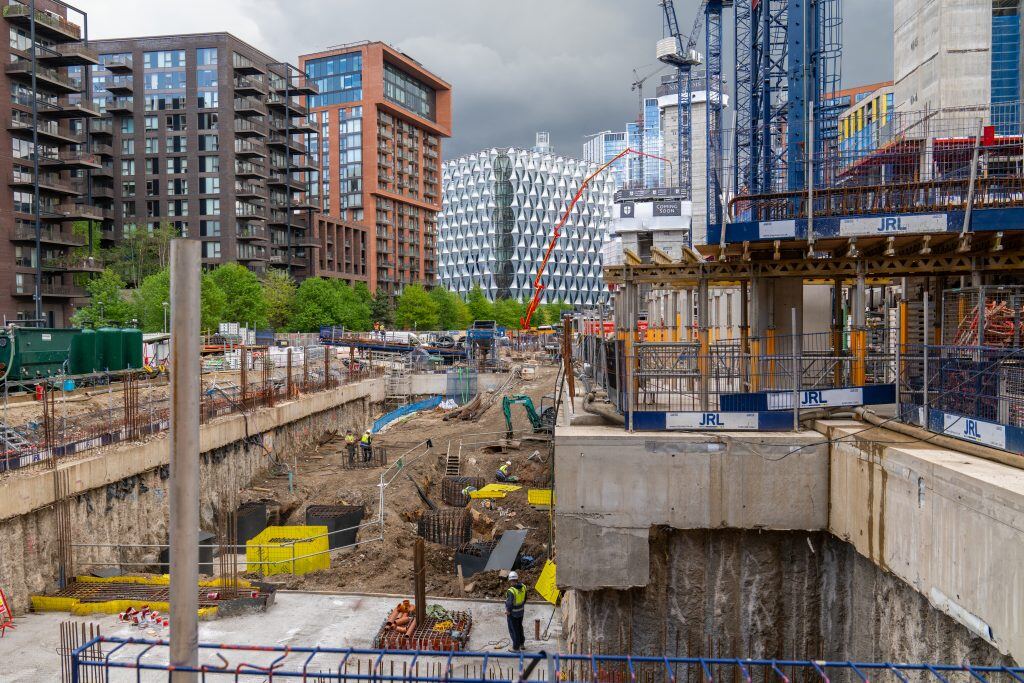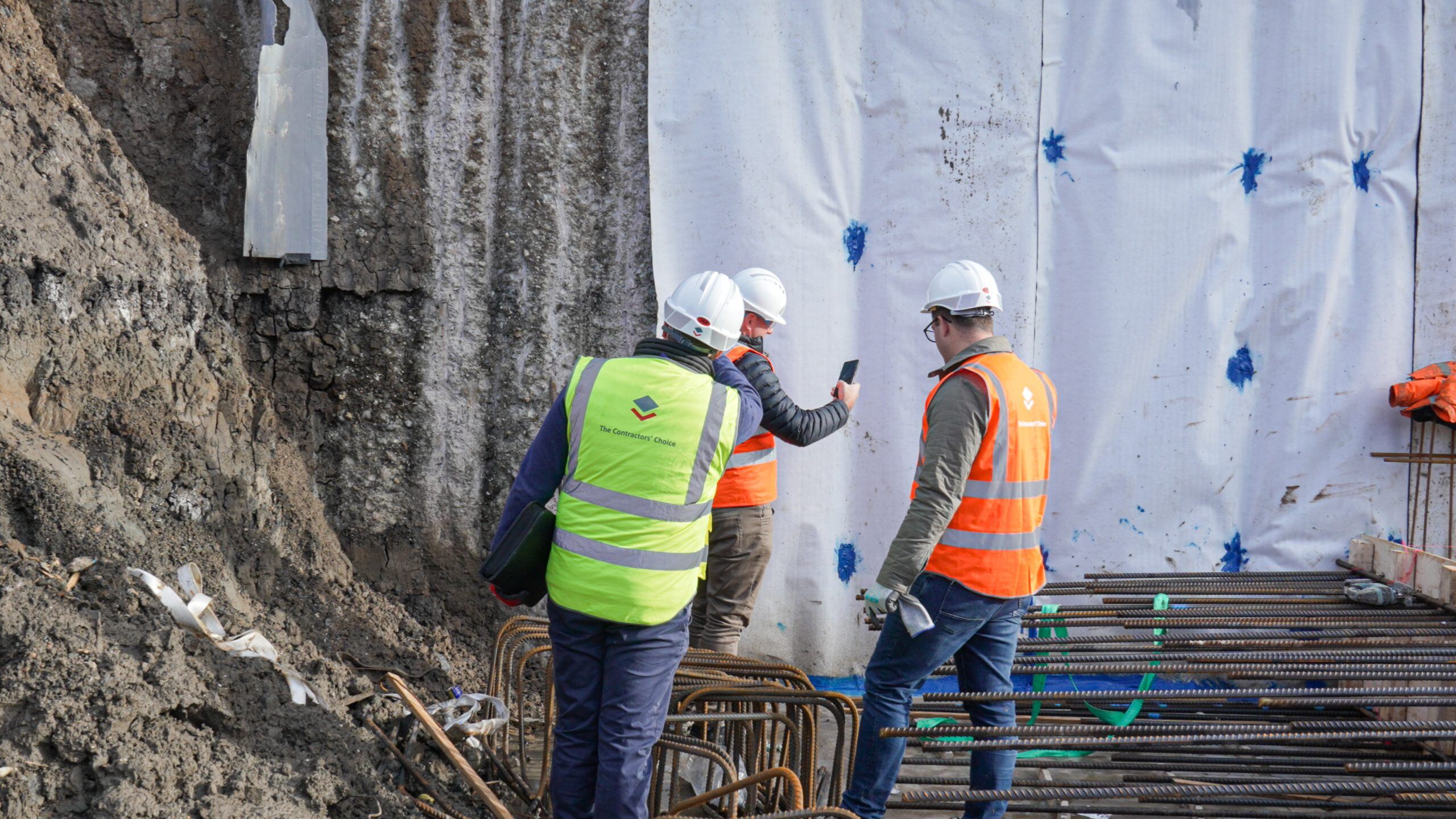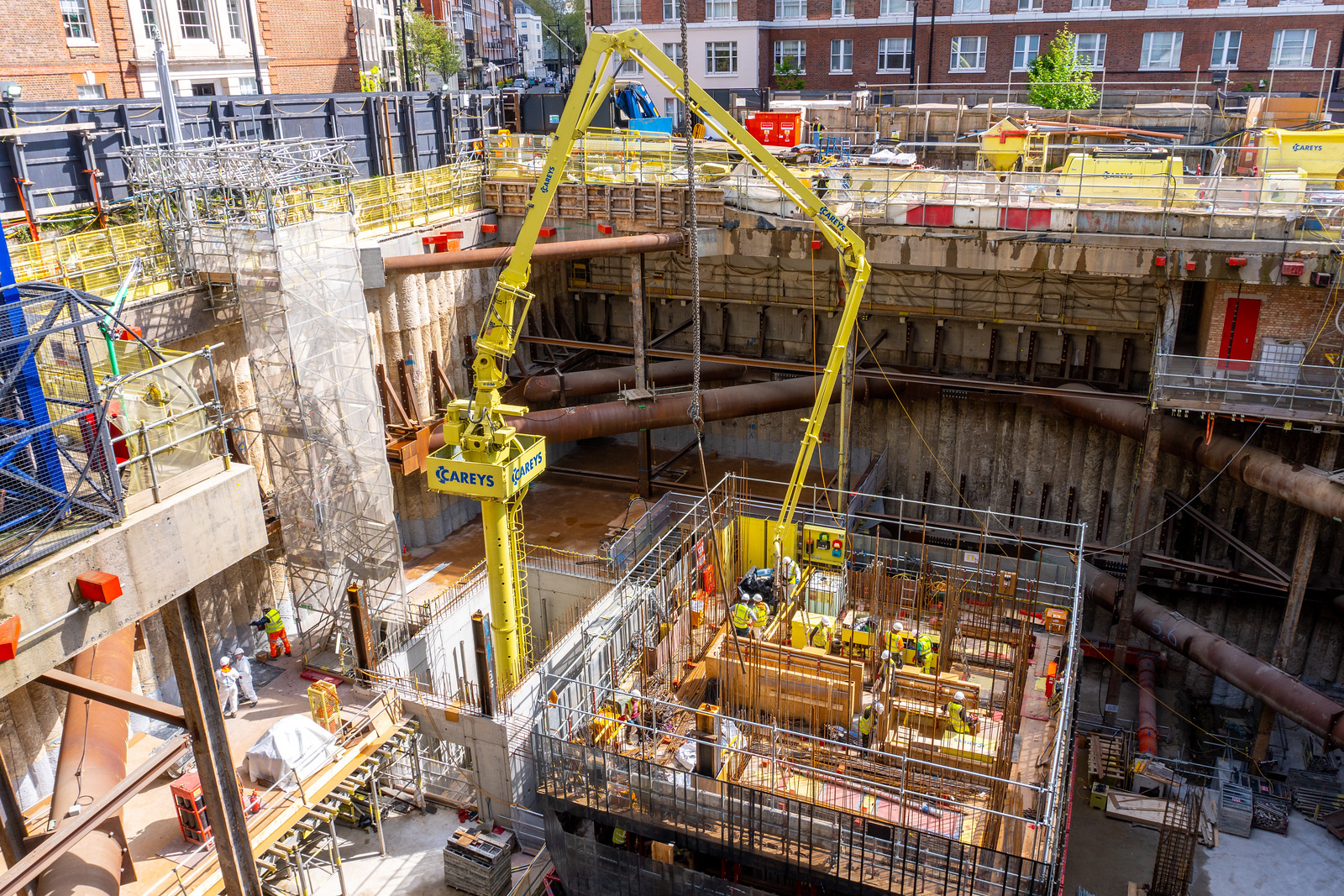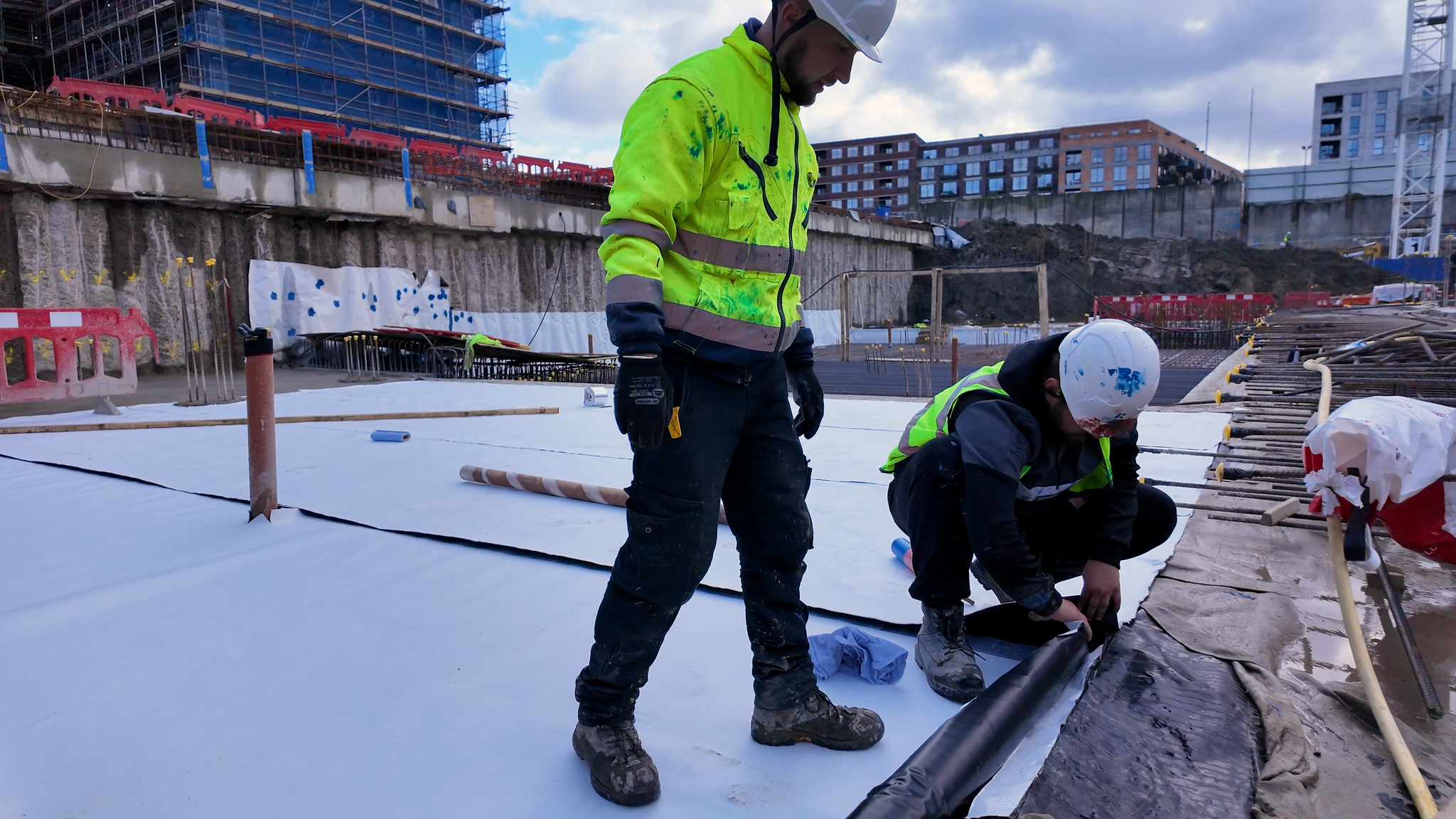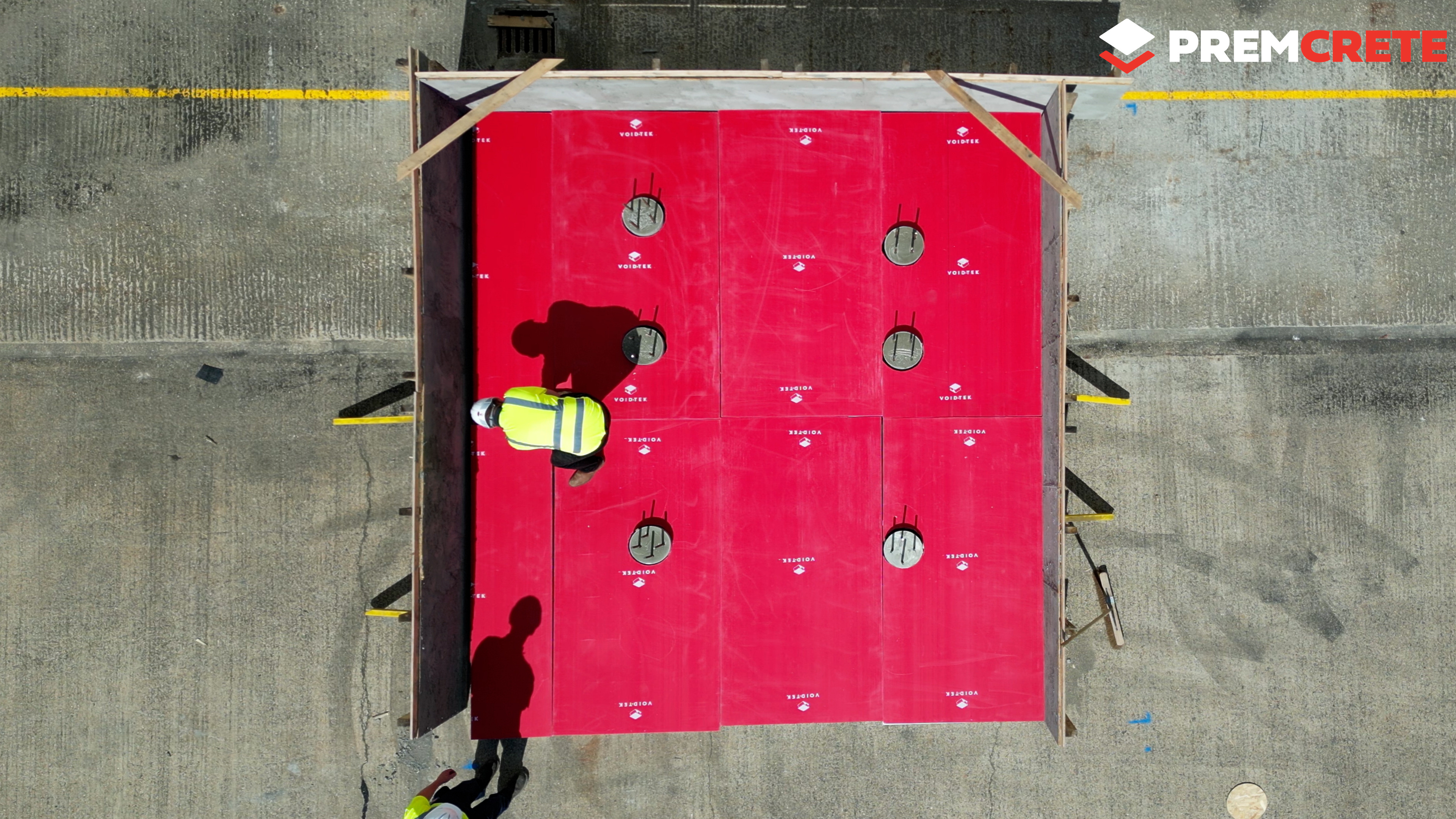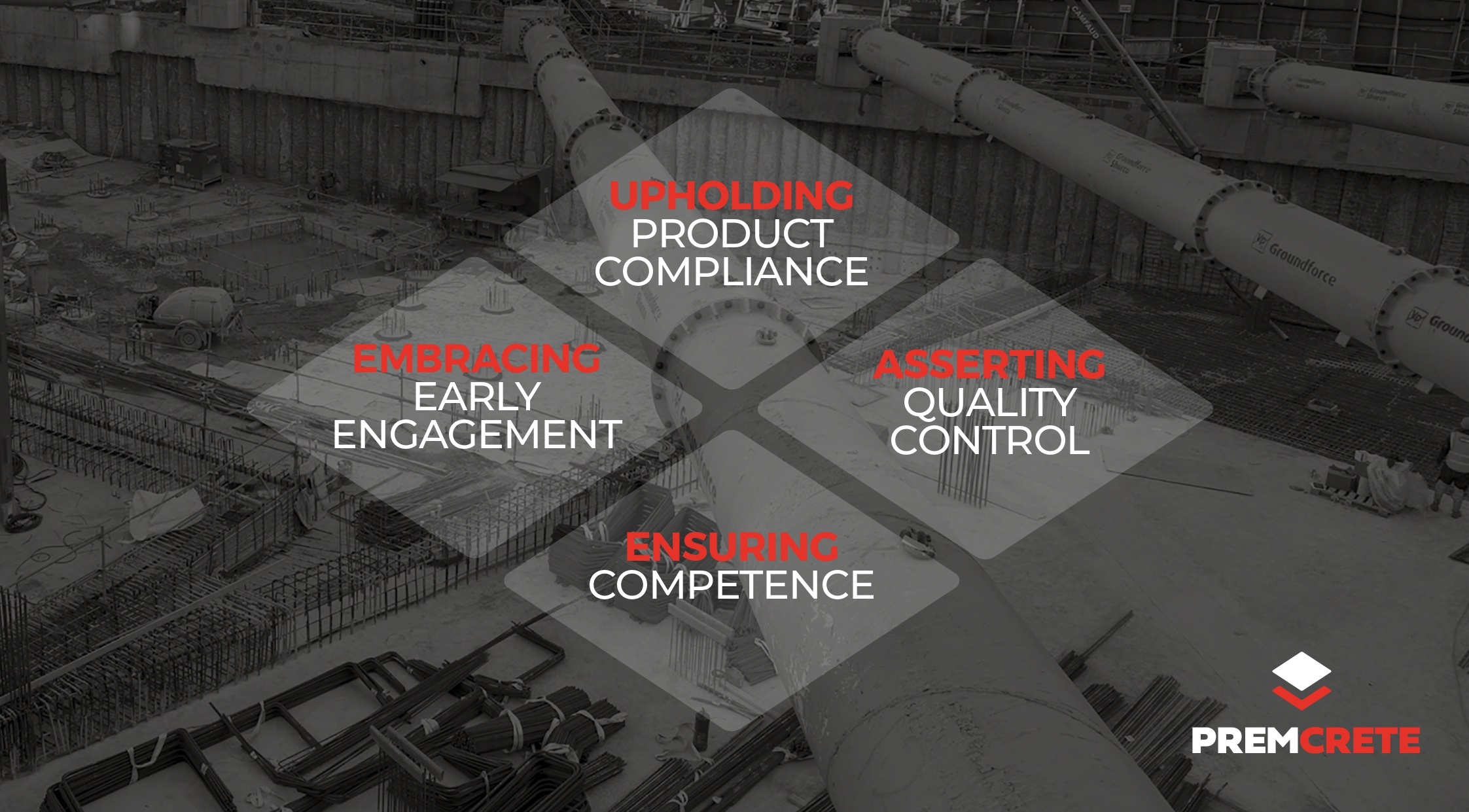In the ever-evolving construction landscape, one question looms large: Is early engagement the key to success under the Building Safety Act? As regulations tighten and the stakes rise, the importance of early, proactive involvement in the design and planning stages cannot be overstated.
The Building Safety Act (BSA) marks a significant shift in how safety is approached in construction, particularly for high-risk buildings (HRBs). The act introduces a “design then build” model, enforced through a rigorous Gateway system that ensures safety is prioritized from the planning phase to occupancy. At the heart of this new approach is the “Golden Thread of Information,” which mandates accurate safety records throughout a building’s lifecycle.
The penalties for non-compliance are severe, ranging from fines to imprisonment, and the act places a heavy emphasis on competence. All professionals, from architects to contractors, must demonstrate their qualifications and experience to comply with the new standards.

The Role of Early Engagement
Early engagement has become a crucial component under the BSA, particularly in the design phase. By involving all stakeholders from the outset—architects, structural consultants, developers, and contractors—projects can start on a solid foundation. This proactive approach not only ensures that design solutions are feasible and cost-effective but also minimizes surprises later in the project lifecycle.
At Premcrete, we have embraced this early engagement model through our Prem360 approach, which offers comprehensive support from the very beginning of a project. Whether it’s design team meetings, providing technical details, or advising on buildability, our goal is to make it as easy as possible for our clients to work with us. This is supported by our £10 million Professional Indemnity Insurance and our in-house design team, who are CSSW qualified.
In our experience design teams are often working to tight deadlines and require responsiveness from manufacturers. This is the reason Premcrete have installed a team of 5 personnel who are dedicated to specification support, early engagement and design strategy proposals.

The Industry’s Response to the BSA
However, not all in the industry have fully embraced these changes. According to the Building Engineering Services Association (BESA), many contractors are still ignoring the new rules, leading to delays, stalled projects, and in severe cases, criminal proceedings. This resistance often stems from a lack of education and awareness about the new requirements.
To combat this, it’s vital for contractors and developers to access a wide array of resources, including official government documents and guidance from industry organizations like the Construction Industry Council (CIC). When project-specific consultation is needed, a collaborative approach with companies like Premcrete can make all the difference.
“Premcrete has successfully managed several projects throughout the transition period of the BSA”
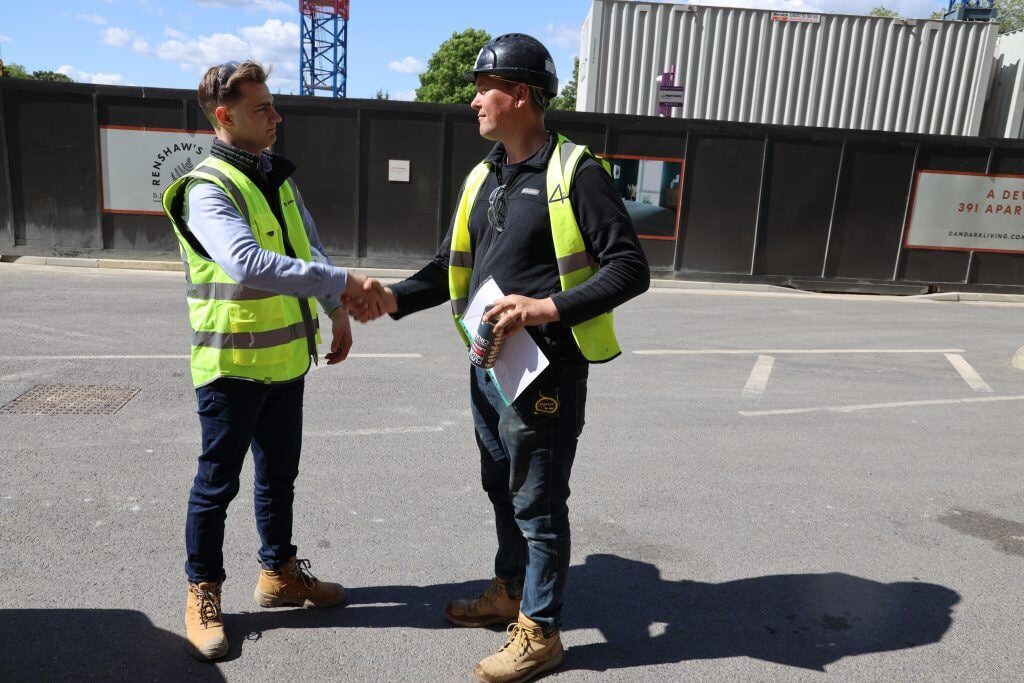
Premcrete’s Proficiency in Navigating the BSA
With extensive experience in HRB requirements, Premcrete has successfully managed several projects throughout the transition period of the BSA. We’ve delivered hundreds of CPDs on the topic, staying abreast of the latest updates and ensuring our clients are well-supported through each compliance stage.
While we don’t claim to be experts in the Building Safety Act, our deep research and reliance on official documentation have made us a trusted partner in this new regulatory environment. Our approach has been validated by industry leaders like Dieter Bentley-Gockmann, Director at EPR Architects, who highlights the importance of early engagement in a recent blog. He notes that completing all relevant design work before Gateway 2 could significantly impact costs and timelines, making early collaboration with the supply chain and specialist contractors essential.
In Conclusion
Looking to the Future: What’s Next for Building Safety?
As we look to the future, the landscape of building safety in the UK is poised for further transformation. According to the BRE Group, the next government should commit to establishing world-leading standards for UK buildings and issue a White Paper on building standards within six months of taking office. This push for higher standards comes at a time when the country faces a backlog of unsafe and unhealthy buildings, alongside a housing shortage that demands millions of new, high-quality, resilient, and sustainable homes. Furthermore, business buildings and infrastructure must be built to stand the test of time.
These challenges will likely propel the Building Safety Act into new realms, necessitating a broader and deeper understanding of its importance. As the construction industry navigates these unpredictable times, the role of early engagement will only grow in significance. It’s essential that the Act is not only complied with but embraced as a crucial step toward building a safer, more resilient future.
At Premcrete, we are committed to helping our clients stay ahead of these changes, offering the expertise and support needed to navigate the complexities of modern construction. By embracing early engagement, we can work together to ensure that the buildings of tomorrow meet the highest standards of safety, quality, and sustainability.
Are you ready to embrace early engagement? At Premcrete, we’re here to help you navigate these changes with confidence. Book a design discovery session today to find out how.

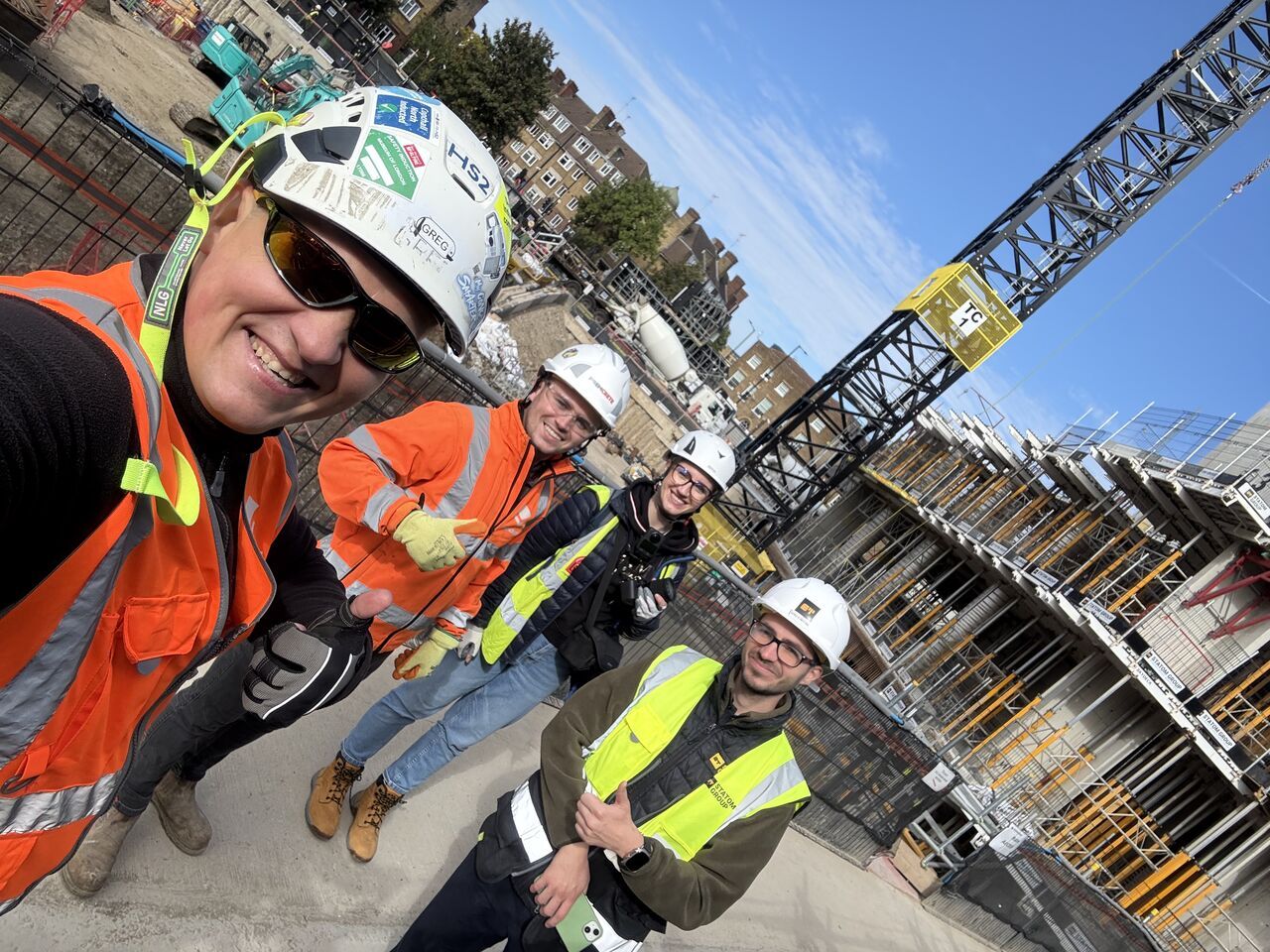


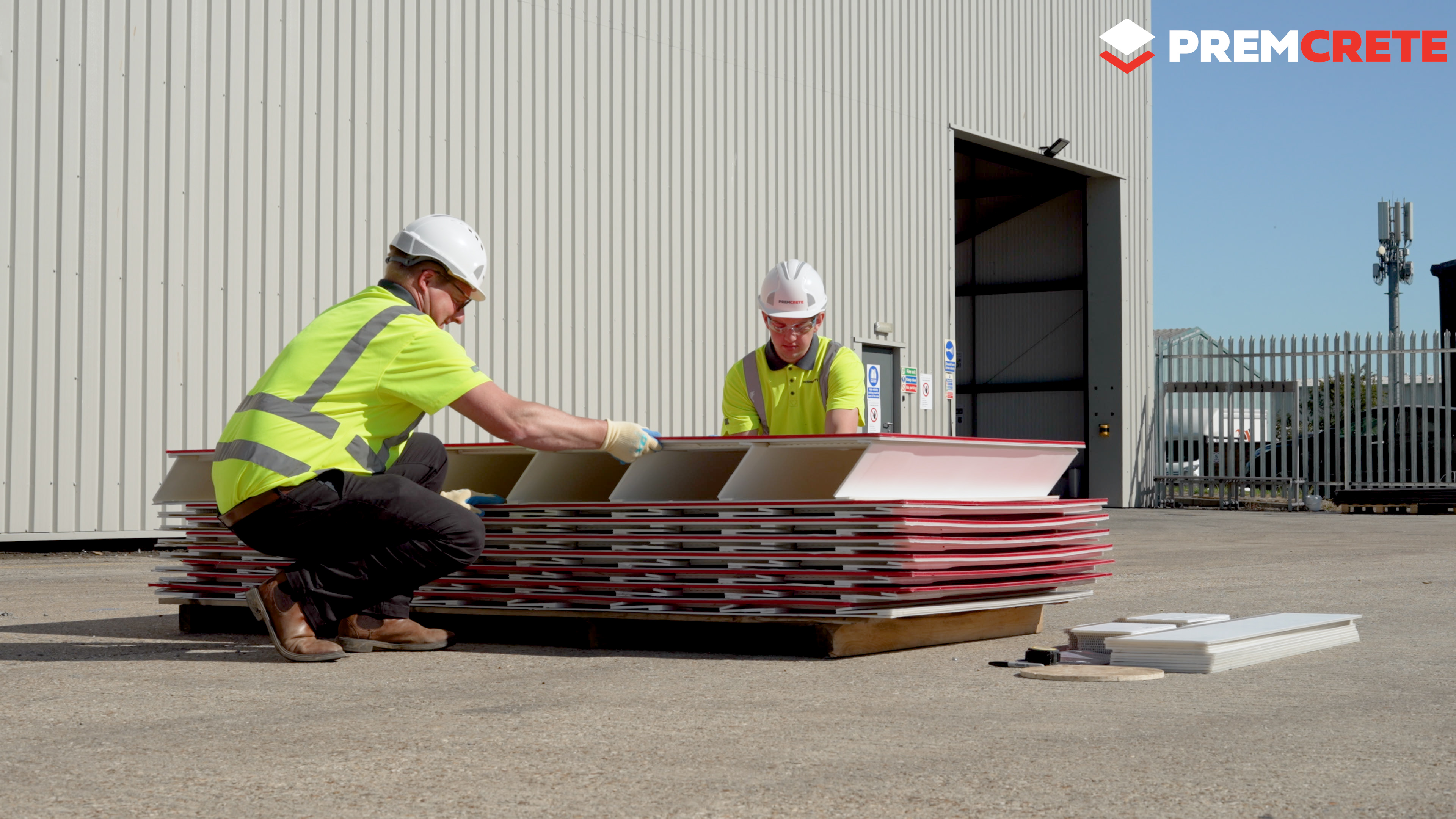

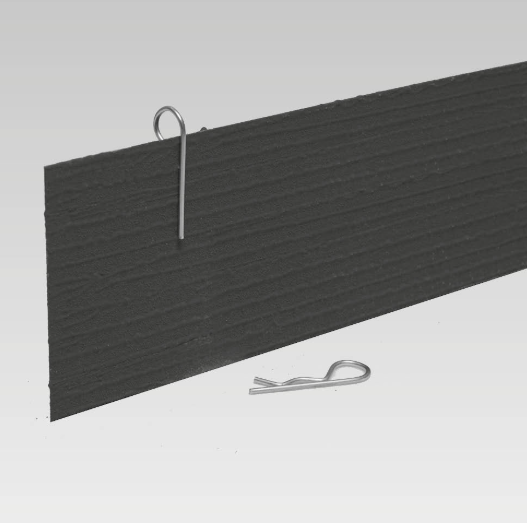
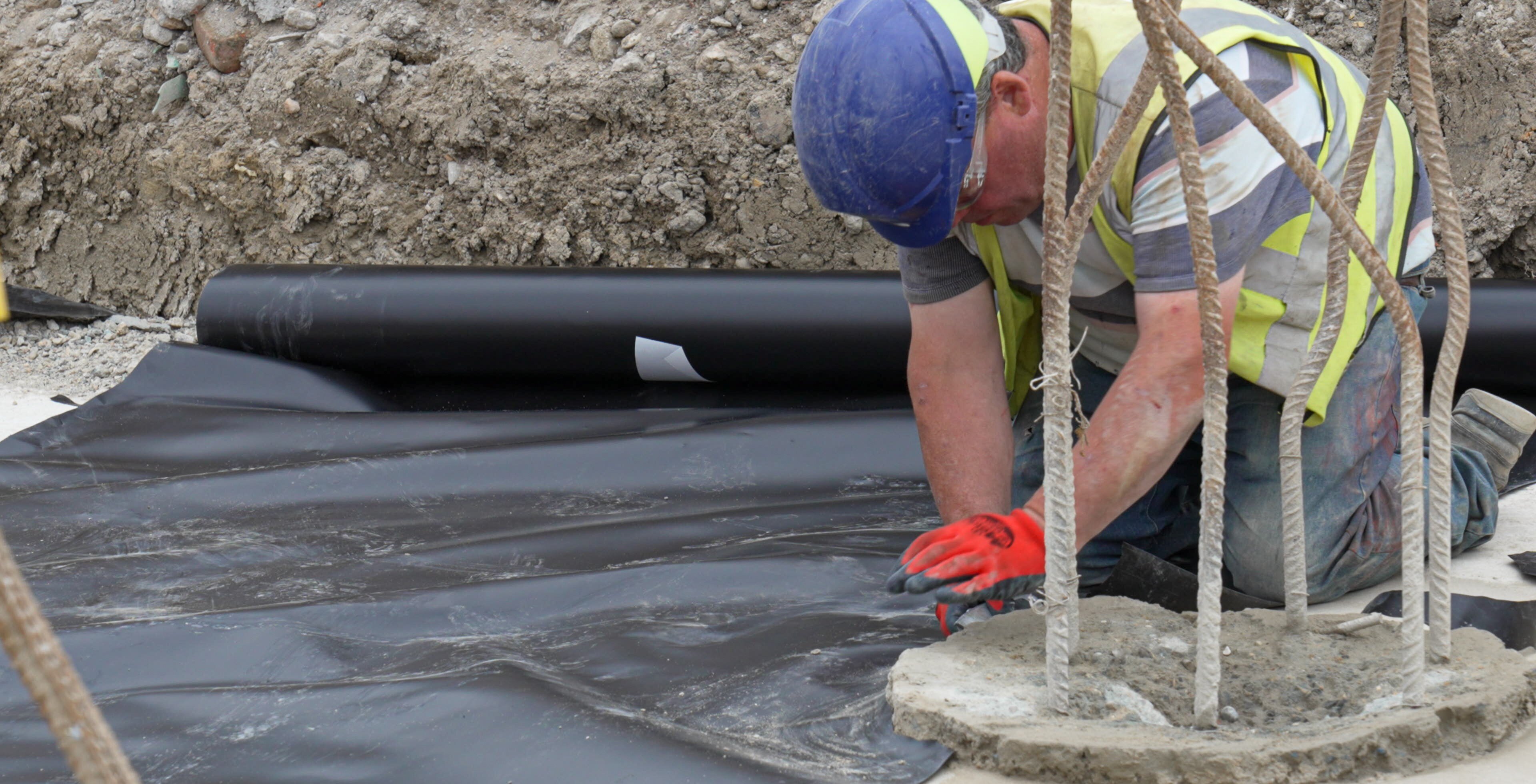
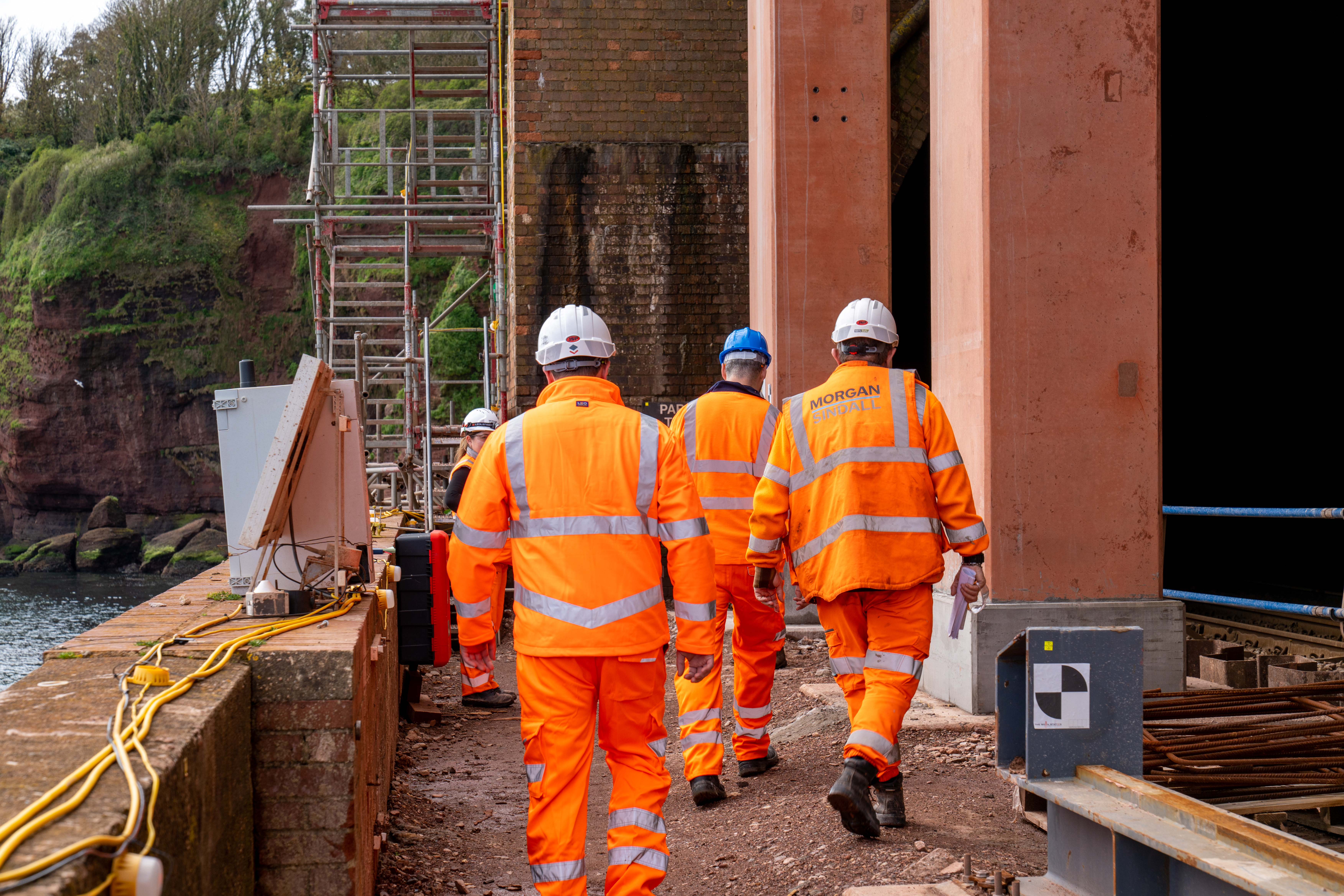

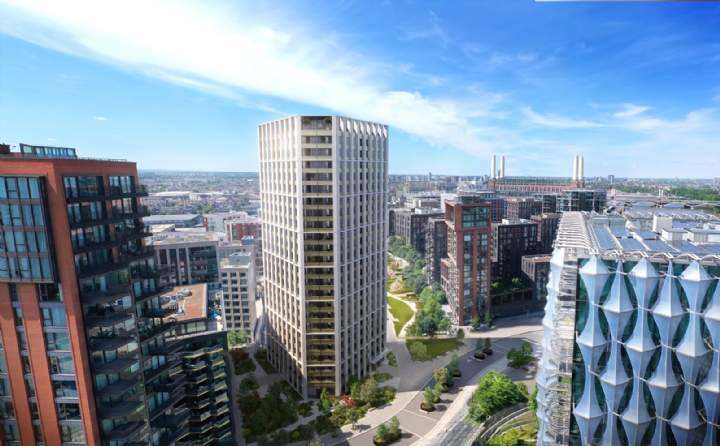

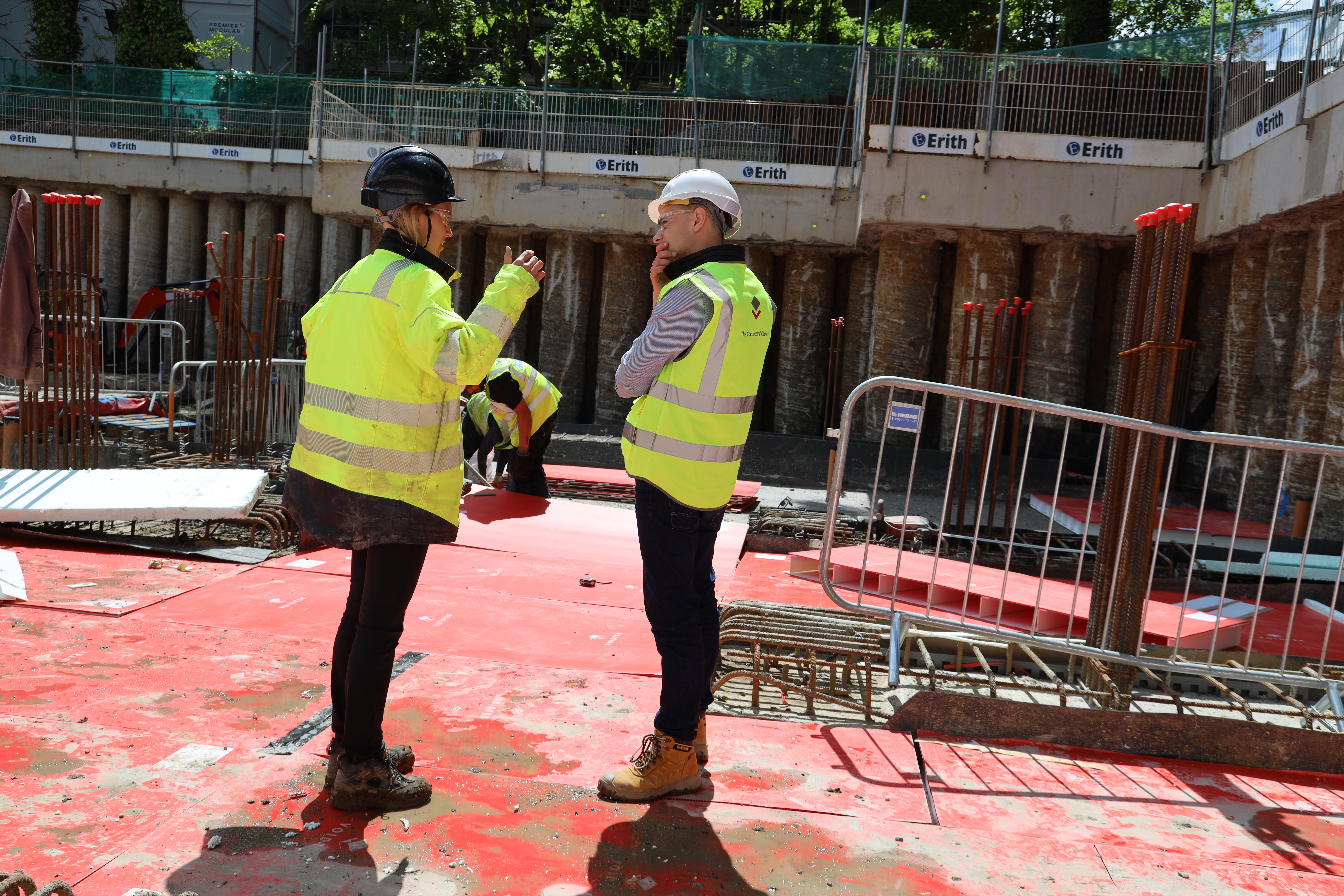

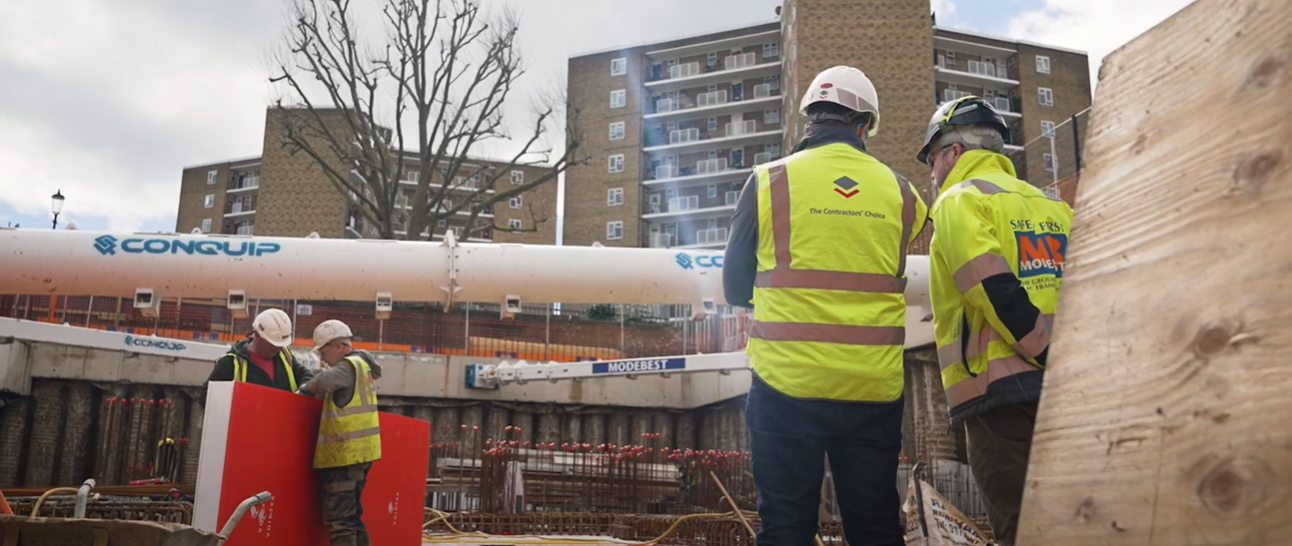
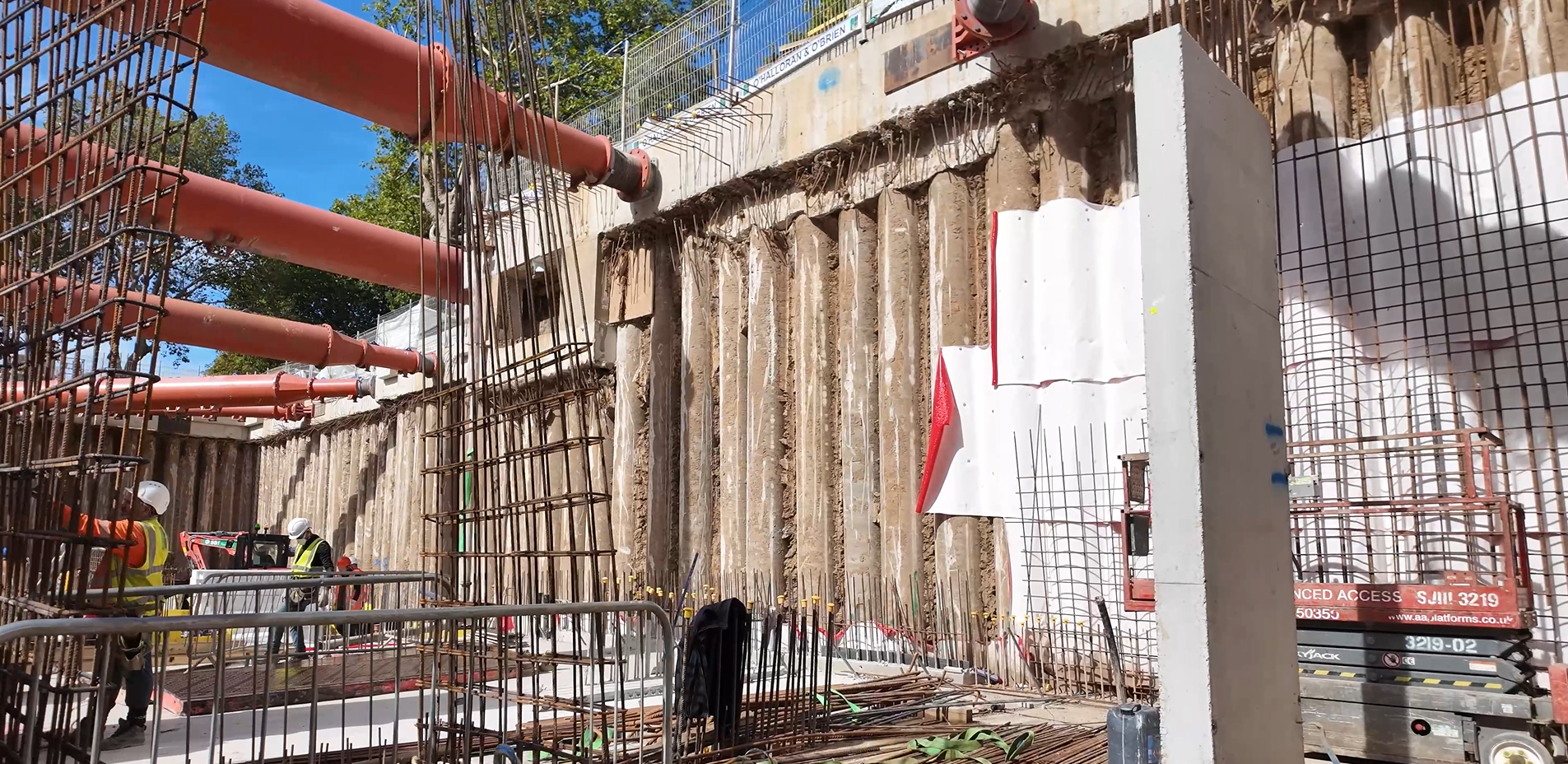
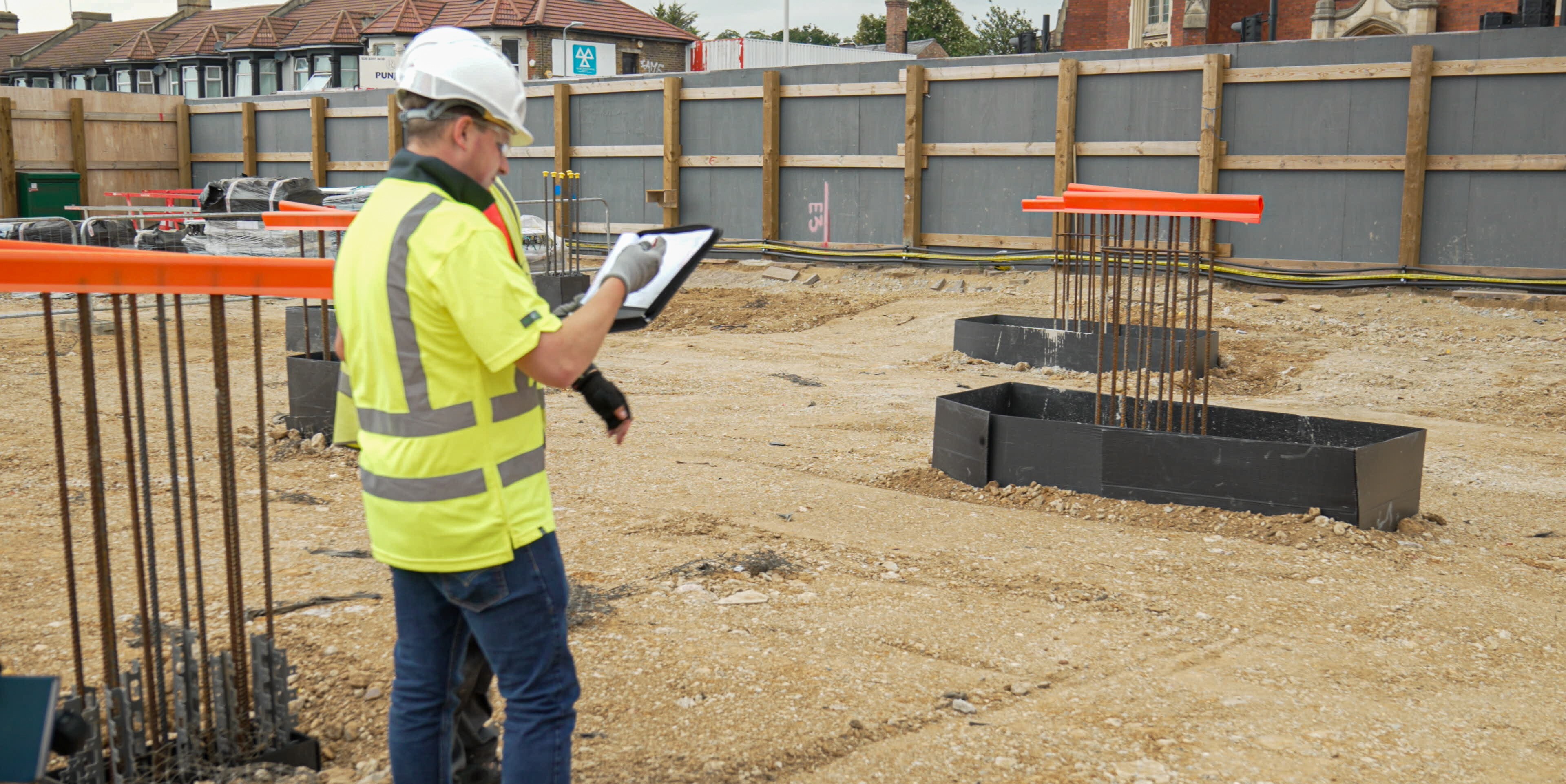
-1.jpg)
